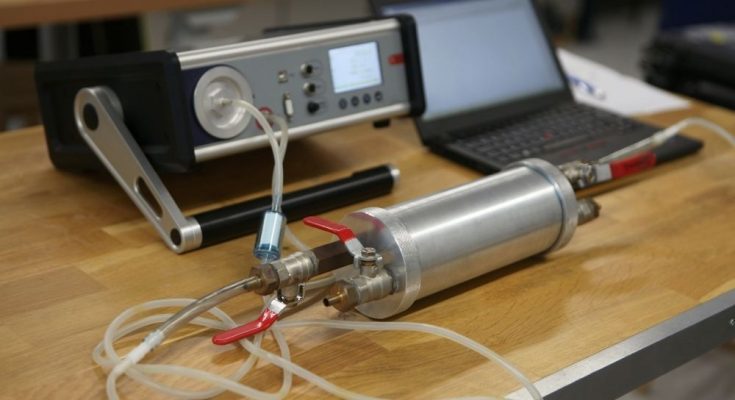Having radon in your home can be detrimental to your health, especially if you are exposed to fumes over time. Radon testing is a solution that assesses levels within your home so you’re aware of the risk.
Here are five interesting things to know about radon and the next steps in mitigating long-term exposure risks to the gas.
What Is Radon?
Radon is a colorless, odorless radioactive emission produced by decaying uranium. The fume is present in rocks, soil, and even air in low levels. But have no fear! The gas disperses quickly through the air outdoors, so there’s no health issue there.
Unfortunately, radon exposure often occurs in enclosed spaces like homes, schools, and workplaces. Breathing radon over time may increase your risk of developing lung cancer.
What’s the Problem With Radon?
Given its colorless and odorless characteristics, radon is virtually impossible to detect using your senses. In a home, the gas travels upwards from the soil and into the foundation, where it may build in concentration before it starts to come through cracks and holes within a structure.
What Are EPA Suggested Levels?
The United States Environmental Protection Agency (EPA) recommends that homes undergo testing or home inspection for radon if levels meet or exceed a threshold of four pCi/L (picocuries per liter).
While no exposure to radon is safe, the EPA recommends levels between two to four pCi/L for homes and businesses to mitigate the risk of adverse effects.
How Do You Test For Radon?
There are three ways to test for radon:
Short-Term Tests
Short-term tests help identify whether to proceed with an additional assessment. Most tests require charcoal-based activation or electret ion technology to measure radon levels for up to seven days.
Long-Term Tests
Longer tests may measure levels for 90 days to a year. Long-term assessments often utilize alpha particle tracking to provide more accurate results based on averages.
Continuous Testing
Continuous testing may include electric monitoring that plugs into a standard outlet. This method is reliable for short and long-term testing and can produce daily average readings.
How Do You Mitigate Radon Exposure?
Consider trying fast, easy repairs to reduce radon levels.
- Caulk foundation cracks and openings with polyurethane material.
- Install airtight covers on sump pumps.
- Cover soil in crawl spaces.
- Although temporary, consider sealing concrete.
These interesting things to know about radon provide solutions to reducing radon levels in your space. While DIY testing is cost-effective, remember to contact professionals to assess emission levels to keep the area safe.



